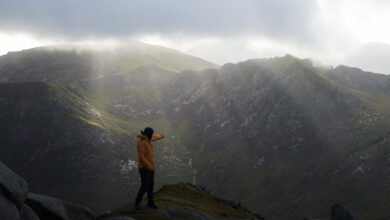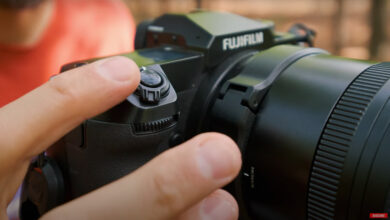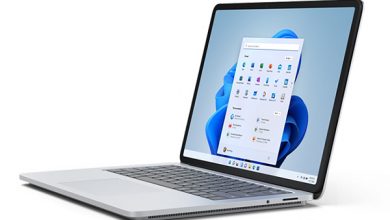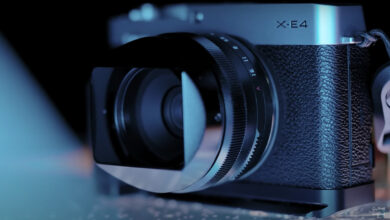A Tripod Terribly Misjudged by Many: A Technical Review of the Peak Design Travel Tripod
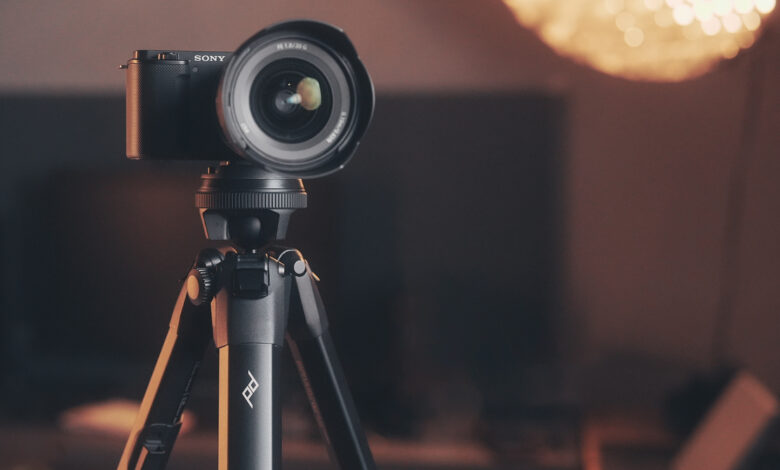
This tripod was so different from all others in the market when it was released four years ago. Now that it’s obvious that many other brands have copied its unique form factor one way or another, it definitely deserves a closer look.
It has been over four years since Peak Design first launched their travel tripod as a crowdfunding project, and ever since, the tripod’s design has polarized opinions of photographers around the world. The unusual and (then) uniquely minimalistic design of the Peak Design travel tripod excited a lot of photographers enough to raise well over the targeted funding, but at the same time raised some eyebrows on those who were not instantly convinced.
The Minimalist Design
Peak Design’s travel tripod seems to have been designed with the aim of taking the concept of portability to a whole new level. While most travel tripods were designed to have the legs fold upwards to reduce the folded length, this one took an entirely different approach. Instead, the legs are divided into five shorter sections. This made it possible to make the folded length even shorter than most tripods, which would make it very easy to pack inside a regular camera bag. At the same time, the legs were made in a more flattened shape instead of the usual rods, which made it more possible to keep the width of the entire tripod thinner. This is in combination to the extremely thinner center column that fit perfectly in between the three legs to form what seems like the most dense and most compact folded form of any tripod.

The aluminum version of the PD travel tripod comes as a solid 1.56 kg compact cylinder while the carbon fiber version weighs 1.29 kg. These two variants can both carry up to 9.1 kg of camera gear. The entire tripod folds down to 39.1 cm with a beverage bottle-like diameter of just 7.9 cm. When all five sections are fully extended, the maximum height is 130.2 cm with the center column down and 152.4 cm with the center column fully extended. The lowest configuration with the center column partially removed and legs spread to the widest angle gives a minimum height of just 14 cm.
 The legs take the shape of a seemingly flattened hexagon with aluminum clip/lever locks that taper in size going down to the lowest and smallest leg section. These locks also follow the contour of the legs and while the bottom 1/5th of the folded form thickens a bit, it still relatively maintains a solid cylindrical shape. A single 2 cm diameter knob can be found on the central joint of the tripod that controls the lock of the center column, and this is connected to a 5 cm long frame that stabilizes the 2cm thin center column. On the joints of each leg are aluminum button tabs that unlock the legs to switch from the standard 45-degree angle to a wider 75 degrees. Unlike most tripods that have three angle configurations, though, this only has two stops.
The legs take the shape of a seemingly flattened hexagon with aluminum clip/lever locks that taper in size going down to the lowest and smallest leg section. These locks also follow the contour of the legs and while the bottom 1/5th of the folded form thickens a bit, it still relatively maintains a solid cylindrical shape. A single 2 cm diameter knob can be found on the central joint of the tripod that controls the lock of the center column, and this is connected to a 5 cm long frame that stabilizes the 2cm thin center column. On the joints of each leg are aluminum button tabs that unlock the legs to switch from the standard 45-degree angle to a wider 75 degrees. Unlike most tripods that have three angle configurations, though, this only has two stops.
The Unusual Ball Head
At first glance it seems that this tripod only has a quick-release clamp for a head because the ball joint was very well concealed within the groove of the central joint of the tripod and this was done for a very obvious reason. On the base of the head are three protrusions that perfectly fit within the grooves of the central joint and makes the folded form of the tripod almost without any gaps. However, these protrusions also act as the connection of the ball to the head itself, and it does prevent the ball head from having a full range of motion especially when turning the camera vertical.

The head itself does not have any knobs, but instead has rings around the circumference of the head that control the necessary movements. A ring with a textured surface can be found closest to the base of the head, and this controls the friction on the ball joint. Above that is another ring with a very small notch that locks and unlocks the quick release clamp, and above that is a button that releases the plate holding the camera. This quick release clamp follows the Arca-Swiss format which means that while the supplied plate is the same as the ones found on other Peak Design accessories, it is compatible with most Arca-Swiss mount tripod plates, L-brackets, and rotating brackets. Rings were used instead of knobs to rid the assembly of anything protruding and bulky. The ball head was designed to keep it as non-intrusive as possible, however if any tilt has to be done, the user would have to raise the center column a bit.

The Minimalist Center Column
One of the most unusual features of this tripod was the remarkably thin center column. It was obvious that it was made that way and followed the shape of the hexagonal legs and so that the entire width of the tripod would be thinner and easier to store. However, the concern lies in the fact that it might not be as stable given the width.
What was not as obvious was that the frame that encases the center column was much longer than what is seen on other tripods. This meant that there was more surface area on the center column that was being stabilized by this frame when locked in. Regardless of whether it was fully extended or not, about 20% of the entire length is being stabilized by the frame, which virtually makes it even more stable.

On the lower end of the center column is a hook that can be rotated to pull out a magnetically attached smartphone clamp that has prongs that mount directly on the quick release clamp without the need for a base plate. The center column also has a hidden release screw on the side of the ball head that allows the user to remove about 70% of the length of the center column in order to achieve a much lower camera height. 
Application and User Experience
Like any other piece of photography gear, this tripod is better used for certain kinds of photography than others. With the main goal of making the tripod as portable as possible while still being generally usable, Peak Design basically created an entirely unique experience for whoever uses this tripod.
The point of a travel tripod is so that i doesn’t take as much space in your bag, and it would be relatively easy to carry around either on the side of a backpack or even carried separately. The Peak Design travel tripod certainly delivered in this aspect, but perhaps the more significant point is that making it small did not sacrifice stability and usability in more demanding situations. The small folded length still yields the standard height for most travel tripods and carries fairly close to what most travel tripods can carry in terms of weight.

Using the tripod does require a bit of time to get used to the controls since rings are being used instead of knobs, but this is just a consequence of a new design approach. All in all, it does provide a viable solution to the challenges that travel photographers and traveling photographers encounter, all while carrying Peak Design’s minimalist aesthetics and functional design approach. As far as for other uses, I personally think that this tripod is usable in most landscape photography scenarios, especially since the center column can be shortened to achieve a much lower camera angle without having to swap out heads. This can also be quite useful for outdoor content creators as well as anyone who just needs camera support on-the-go. Given the height and the trade-offs on the ball head, this might not be the best to use inside a studio and not the best to use for when significant height is required. However as a tripod in general, it does the job while offering unique portability.

What I Liked
- Slim but sturdy build
- Unique head controls
- Detachable center column
What Can Be Improved
- Limited ball head range of motion
- More size options
- Perhaps colored accent elements on future versions
